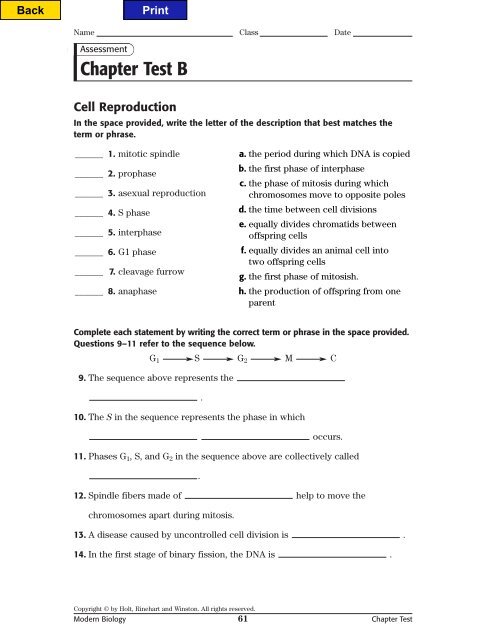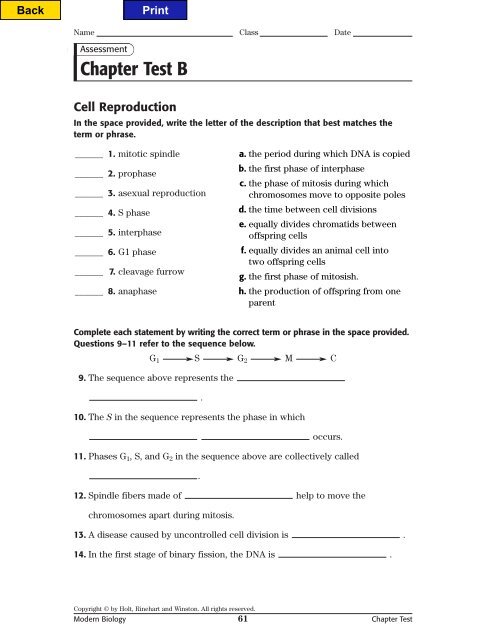The world of biology is full of fascinating phenomena, and one of the most intriguing topics is meiosis and sexual reproduction. As we delve into the intricacies of this process, you’ll discover why it’s essential for the survival of many species, including our own.
Understanding Meiosis and Sexual Reproduction: Why It Matters
In the grand scheme of life, meiosis and sexual reproduction are crucial processes that ensure the continuation of genetic diversity. When we think about reproduction, most of us focus on the end result – a new generation of organisms. However, the journey from one generation to the next is just as important.
The Power of Meiosis
Meiosis is the process by which sex cells, such as sperm and eggs, are formed. This complex procedure involves the reduction of the diploid number of chromosomes in each parent’s gametes to the haploid number found in mature sperm or egg cells. In other words, meiosis is the mechanism that allows for the unique combination of traits seen in offspring.
For instance, imagine a hypothetical scenario where two parents with distinct eye colors – one blue and the other brown – have children. Through meiosis, their sex cells combine to create a new individual with eyes that are a unique shade, perhaps a combination of green and hazel. This blending of traits is possible because of the genetic recombination that occurs during meiosis.
As we explore this topic further, we’ll examine the intricacies of meiosis, sexual reproduction, and their significance in understanding genetics and evolution. In the next section, we’ll dive deeper into the process of meiosis and its role in shaping the diversity of life on Earth.

The world of biology is full of fascinating phenomena, and one of the most intriguing topics is meiosis and sexual reproduction. As we delve into the intricacies of this process, you’ll discover why it’s essential for the survival of many species, including our own.
Understanding Meiosis and Sexual Reproduction: Why It Matters
In the grand scheme of life, meiosis and sexual reproduction are crucial processes that ensure the continuation of genetic diversity. When we think about reproduction, most of us focus on the end result – a new generation of organisms. However, the journey from one generation to the next is just as important.
The Power of Meiosis
Meiosis is the process by which sex cells, such as sperm and eggs, are formed. This complex procedure involves the reduction of the diploid number of chromosomes in each parent’s gametes to the haploid number found in mature sperm or egg cells. In other words, meiosis is the mechanism that allows for the unique combination of traits seen in offspring.
For instance, imagine a hypothetical scenario where two parents with distinct eye colors – one blue and the other brown – have children. Through meiosis, their sex cells combine to create a new individual with eyes that are a unique shade, perhaps a combination of green and hazel. This blending of traits is possible because of the genetic recombination that occurs during meiosis.
As we explore this topic further, we’ll examine the intricacies of meiosis, sexual reproduction, and their significance in understanding genetics and evolution. In the next section, we’ll dive deeper into the process of meiosis and its role in shaping the diversity of life on Earth.
The Stages of Meiosis
Meiosis is a two-stage process that involves prophase I, metaphase I, anaphase I, telophase I, cytokinesis, prophase II, metaphase II, anaphase II, and telophase II. During these stages, the chromosomes condense, pair up with their homologous pairs, and segregate to form gametes.
For example, during meiosis I, the diploid number of chromosomes (46 in humans) is reduced to a haploid number (23). This process is crucial for creating genetic variation, as it allows for the recombination of genes from each parent. The stages of meiosis are essential for understanding how genetic traits are passed down from one generation to the next.
Sexual reproduction plays a significant role in ensuring the survival and evolution of species. Without meiosis and sexual reproduction, organisms would not be able to adapt to their environments or respond to changes in their ecosystems.
Want to learn more about meiosis and its importance? Check out the National Human Genome Research Institute’s explanation of the process: Meiosis.
Conclusion
In this section, we’ve explored the fundamental concepts of meiosis and sexual reproduction. In the next part of our journey, we’ll delve deeper into the role of these processes in shaping the diversity of life on Earth. Stay tuned for more insights into the fascinating world of genetics!
Expert Consultation
Got questions about meiosis and sexual reproduction? We’re here to help!
Start chatIn this chapter, we’ve explored the fascinating world of meiosis and sexual reproduction. As we’ve seen, these processes are crucial for the survival of many species, including our own.
Summarizing the Key Points
We began by highlighting the importance of meiosis and sexual reproduction in ensuring genetic diversity. We then delved into the intricacies of meiosis, learning that it’s the process by which sex cells are formed through the reduction of diploid chromosomes to haploid chromosomes.
Insights from Meiosis
As we’ve discovered, meiosis allows for the unique combination of traits seen in offspring. This blending of traits is made possible by genetic recombination during meiosis. We saw how this process can create new and exciting characteristics, such as the hypothetical example of eye colors combining to form a new shade.
Final Insights
In conclusion, meiosis and sexual reproduction are vital components of the natural world. These processes ensure that life on Earth remains diverse and dynamic, allowing species to adapt and evolve over time. As we’ve seen, the importance of these processes cannot be overstated, as they play a critical role in shaping the very fabric of life itself.
Conclusion
We’ve taken a fascinating journey through the world of meiosis and sexual reproduction, exploring the intricate mechanisms that underlie these processes. As we’ve seen, these processes are not only crucial for the survival of species but also essential for the evolution of life on Earth. As we move forward in our understanding of biology, it’s essential to appreciate the significance of meiosis and sexual reproduction. By doing so, we can better comprehend the intricate web of life that surrounds us.




